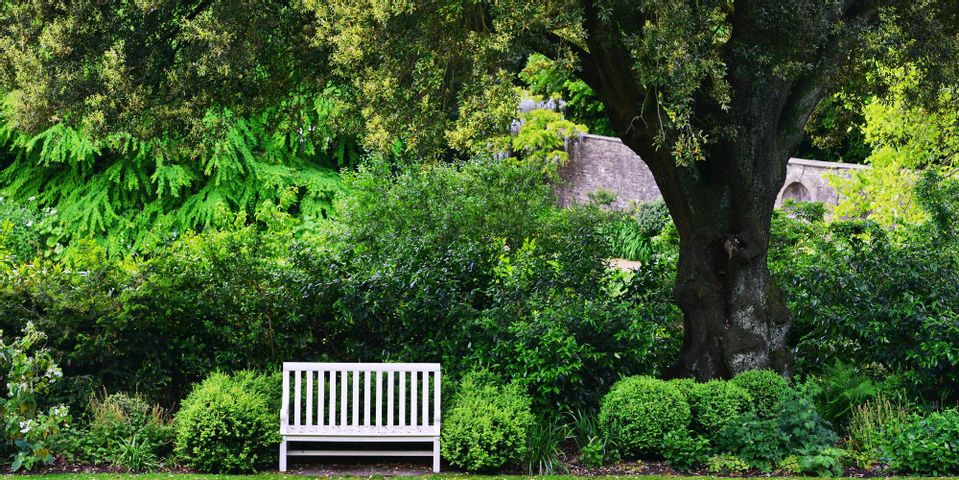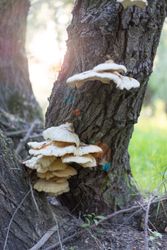
From replenishing oxygen supplies to stabilizing soil, trees play a vital role in keeping the environment in great shape. But in order for these plants to properly support environmental health, they must remain healthy themselves. As living organisms, this vast range of flora can suffer from a variety of illnesses that can impact growth, and eventually contribute to death. To help you protect your landscape and avoid the need for complete tree removal, below are a few common signs of tree disease to watch for.
5 Signs of a Sick Tree
1. Leaf Discoloration
In the fall, deciduous trees will turn from green to yellow and fall off. But if you spot yellowing or other color changes outside of this normal pattern, the plant may be afflicted with a fungal or bacterial disease. Eventually, the leaves will fall off prematurely, robbing the tree of its ability to convert sunlight to energy via photosynthesis.
2. Broken Bark
As a tree gets bigger, it will naturally shed segments of its bark. But if large areas go missing or the bark looks cracked, the plant may be suffering from a disease. For example, a fungal infection may spread under the bark, compromising the protective layer and preventing the tree from getting essential nutrients.
3. Visible Fungus
 A large majority of tree diseases are linked to fungal infections. One of the first signs of this illness is the visible growth of fungus on the plant. If you spot large fruiting bodies growing from the trunk, roots, and branches, it’s likely that the fungus is using dead or diseased parts of the tree to survive.
A large majority of tree diseases are linked to fungal infections. One of the first signs of this illness is the visible growth of fungus on the plant. If you spot large fruiting bodies growing from the trunk, roots, and branches, it’s likely that the fungus is using dead or diseased parts of the tree to survive.
4. Slime Flux
When a tree is wounded, the more vulnerable layers can be susceptible to bacterial or fungal infections. In response to the illness, the trunk will produce a thick, dark slime that has a sour smell. Over time, the infection will deplete the plant of nutrients, causing it to weaken and die.
5. Leaning Trunks
The combination of warmth, moisture, and fungal spores beneath the soil surface can damage roots and cause them to weaken. Sometimes, you may be able to notice insects, decay, or discoloration in the roots that poke above the ground. However, if the roots are rotting below the surface, you may not notice any trouble until the trunk starts leaning. If the angle gets steep enough, professional tree removal will be necessary.
When plant diseases strike your landscape, Alaska Hydro Ax has the resources to help the environment heal. Based in Anchorage, AK, this affordable tree service can help diagnose common plant illnesses and provide comprehensive rehabilitation. If the disease has spread over a wide area, this team is equipped to provide efficient and effective land clearing and tree removal services. To learn more about their heavy equipment and excavation services, visit this provider online or call 907-243-6200.
About the Business
Have a question? Ask the experts!
Send your question

